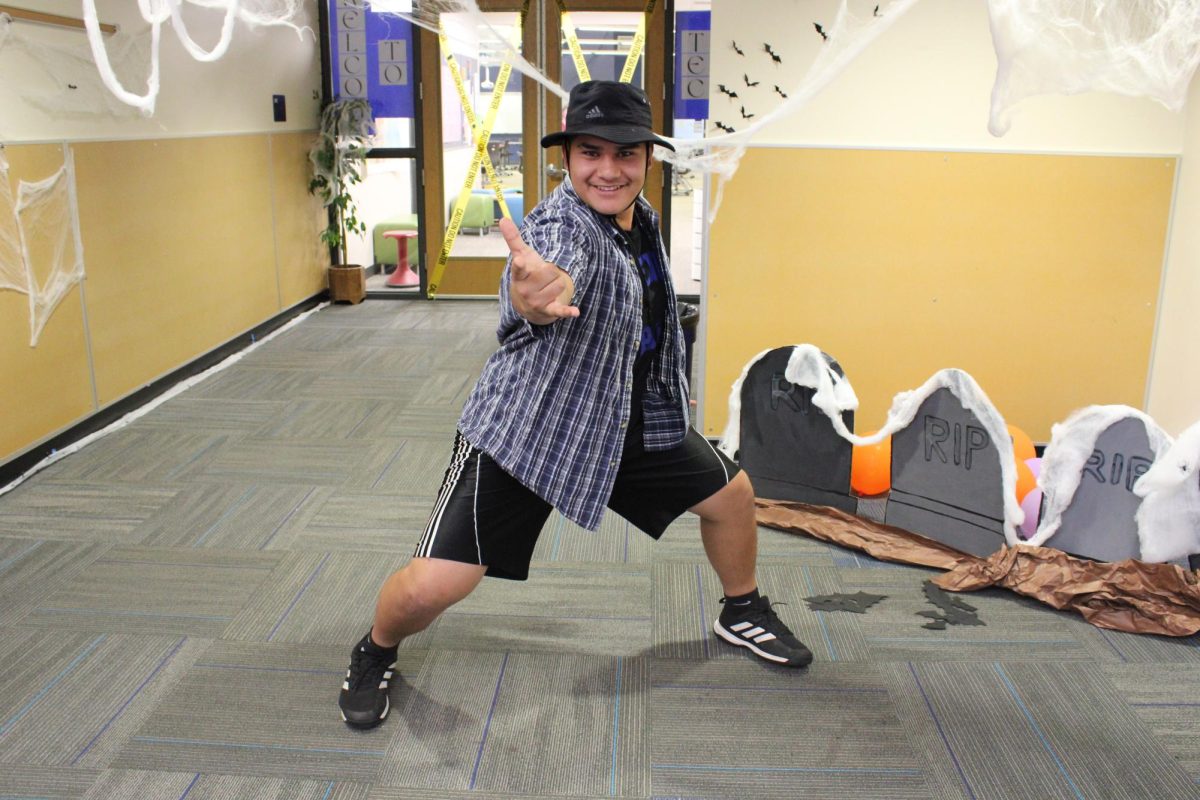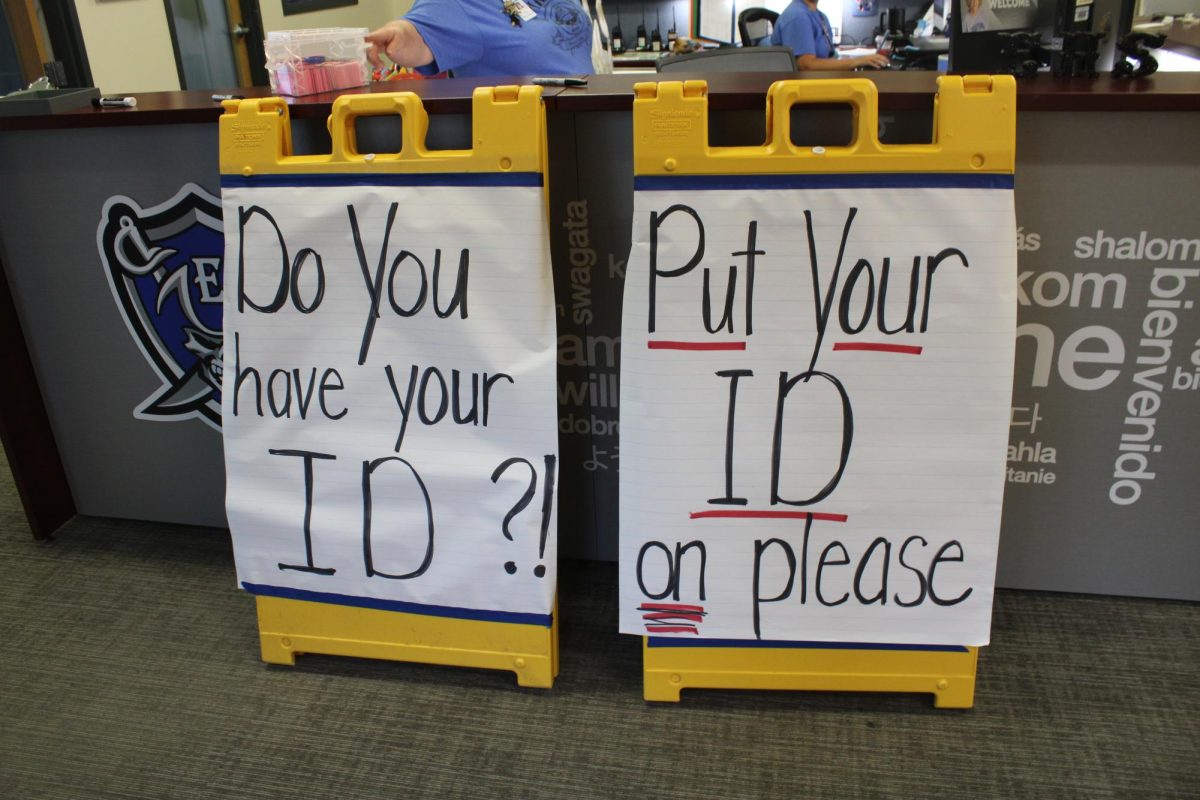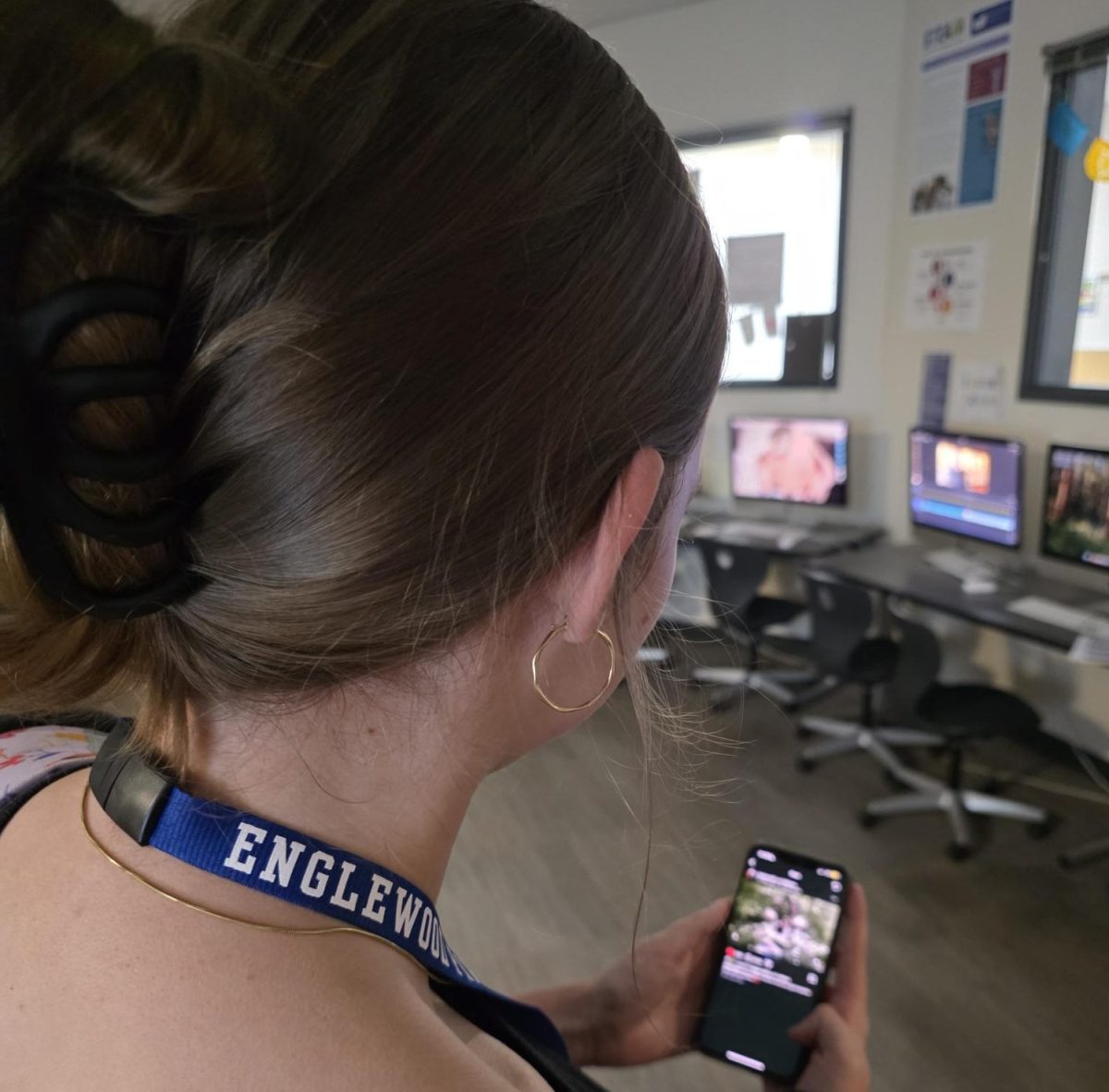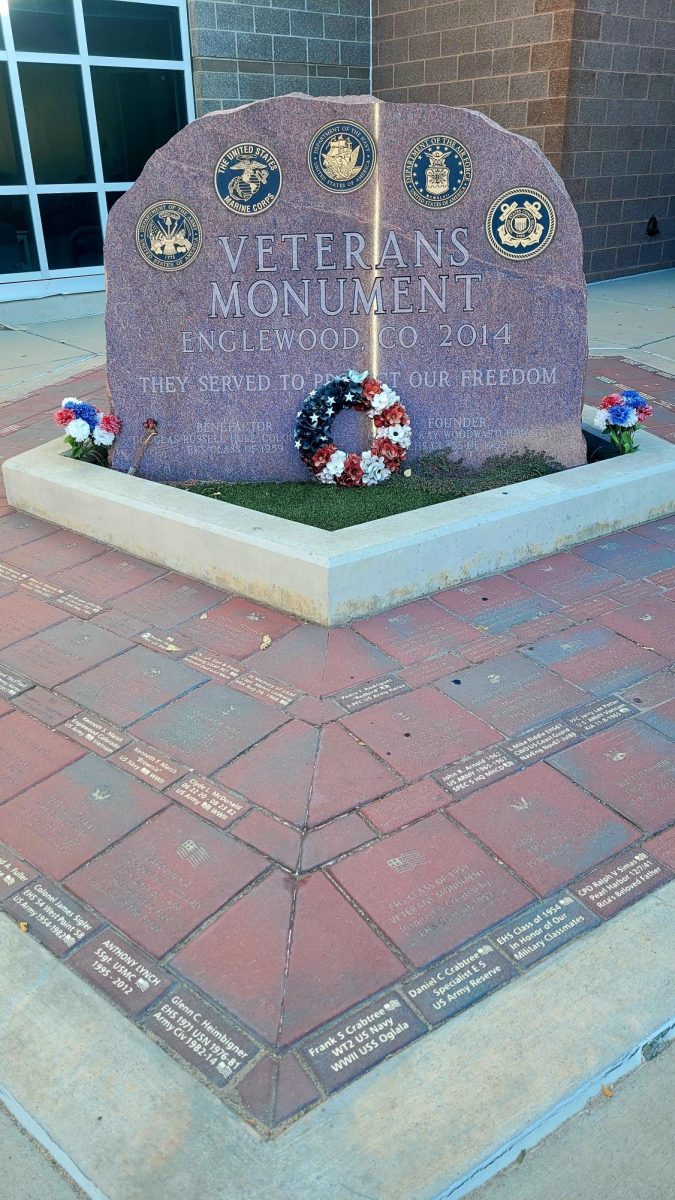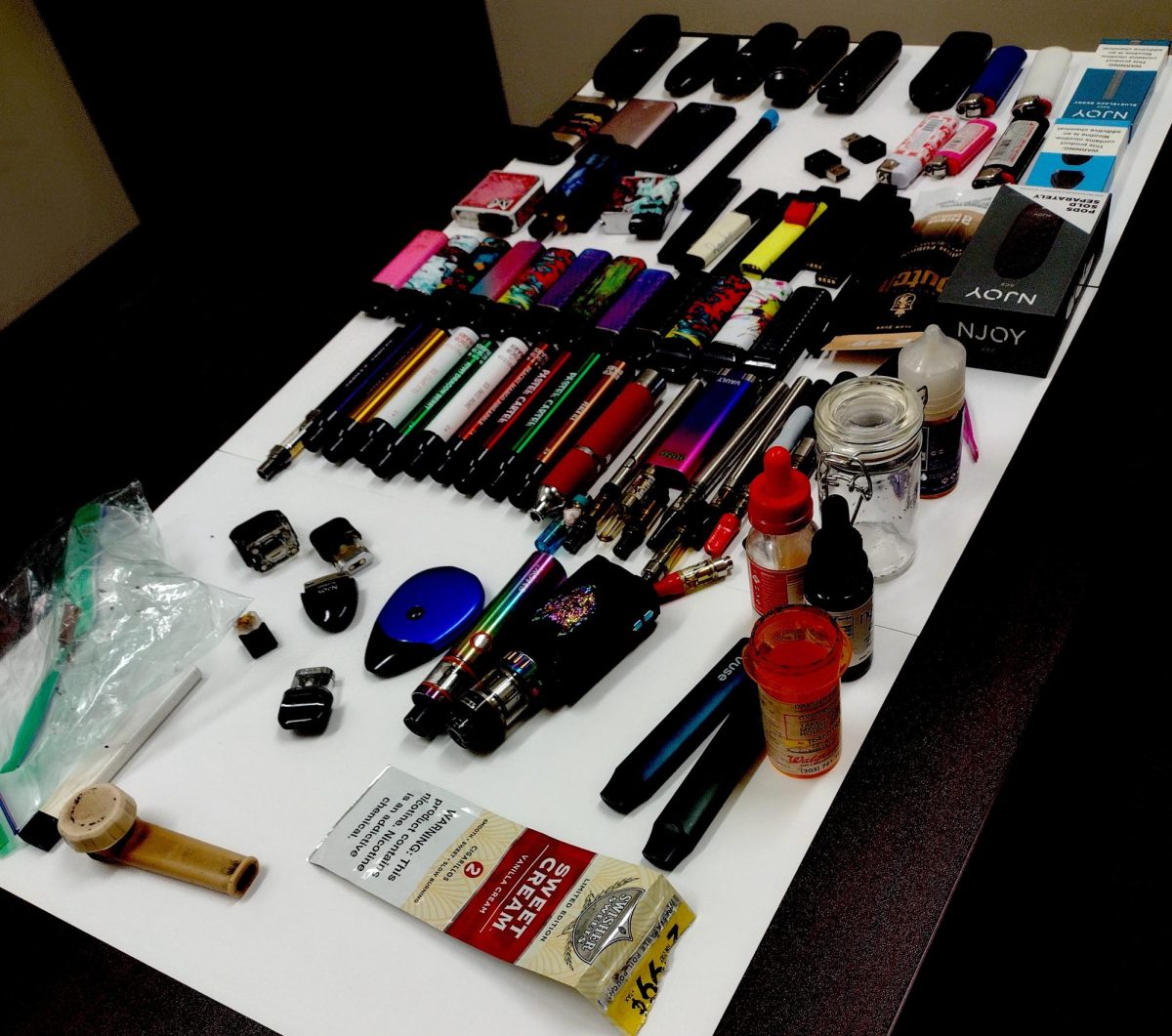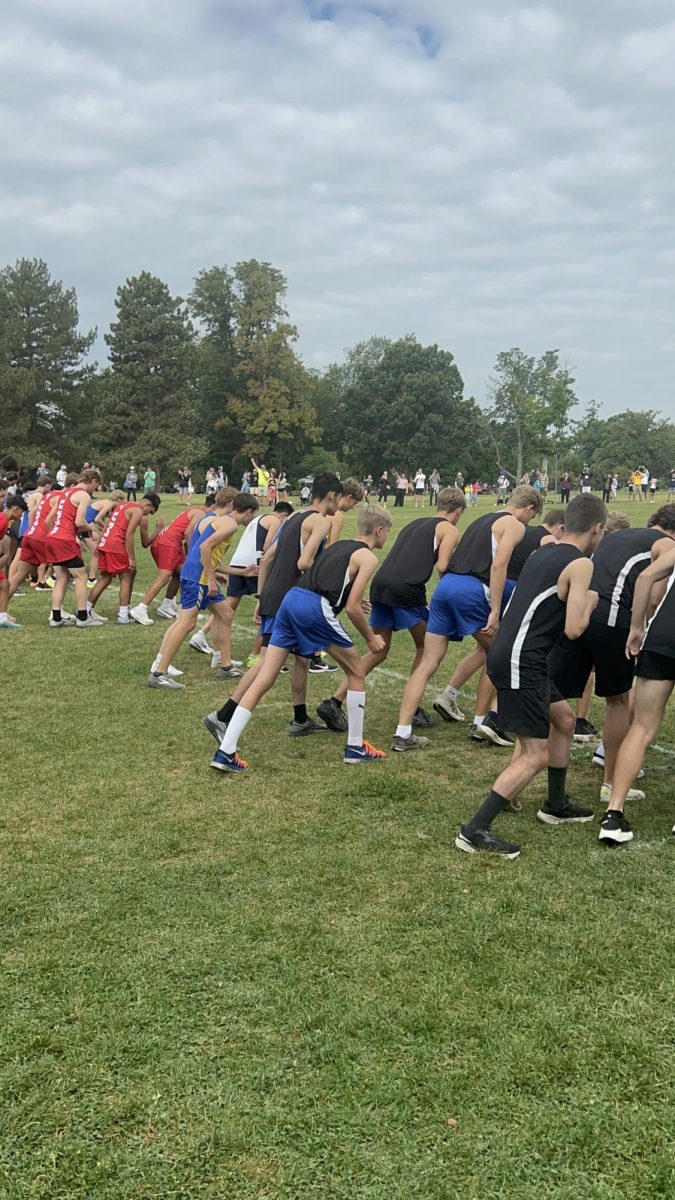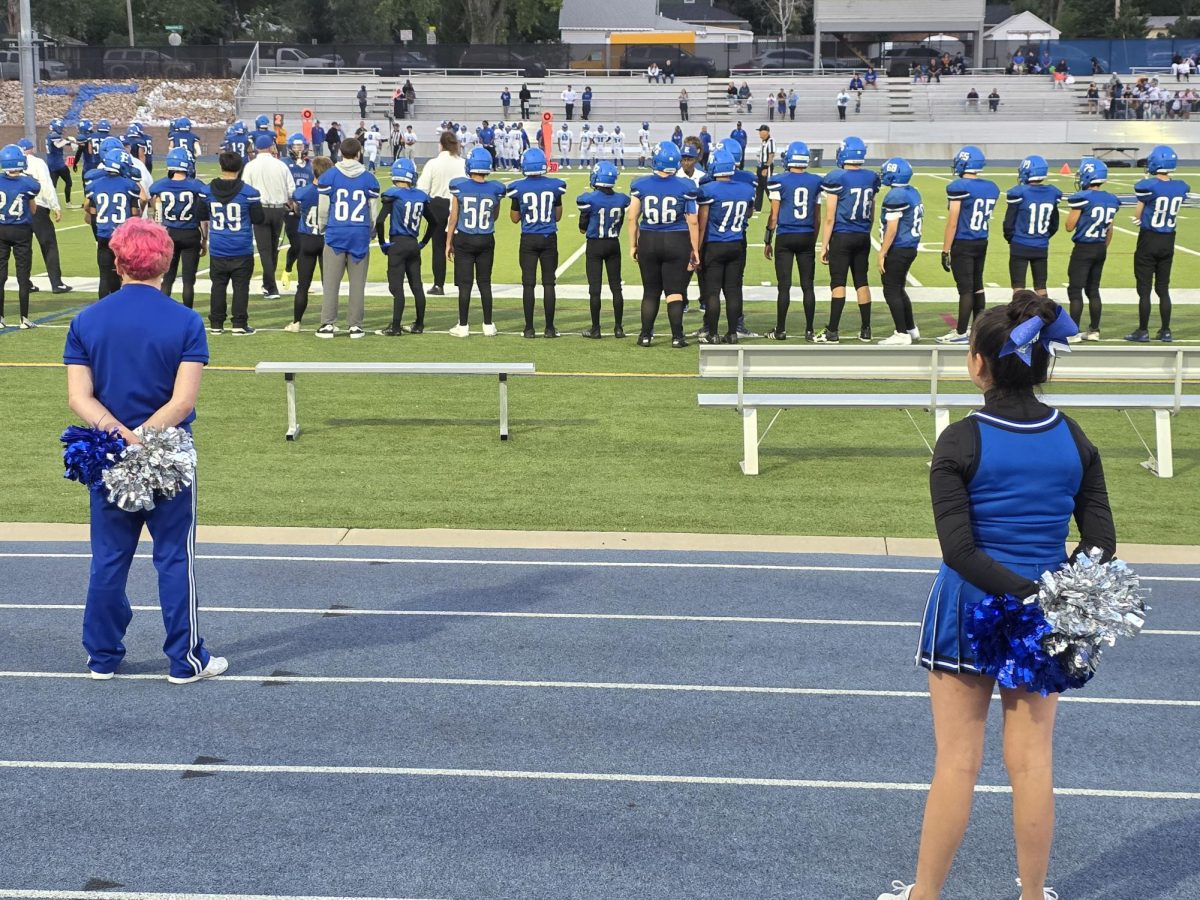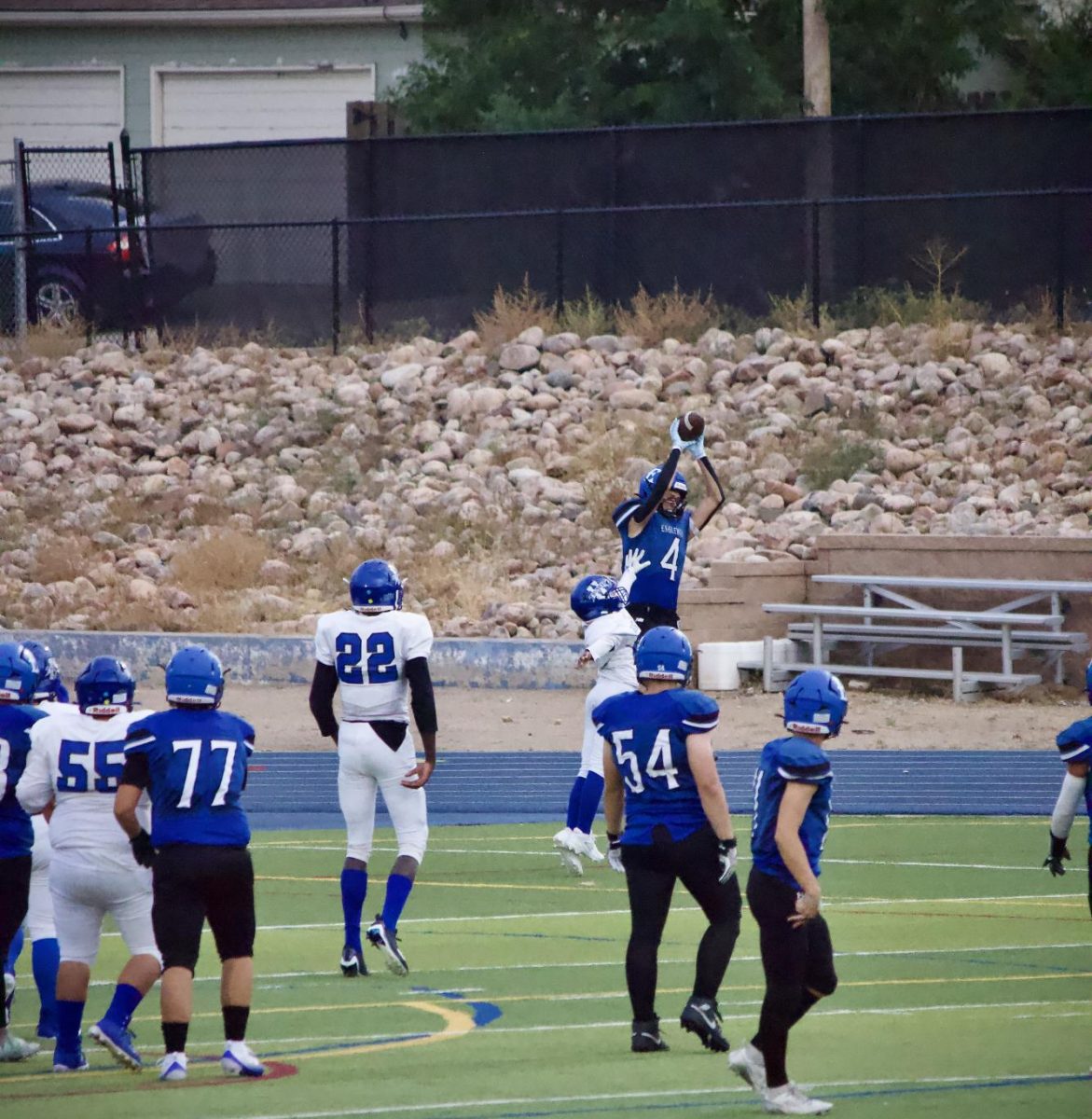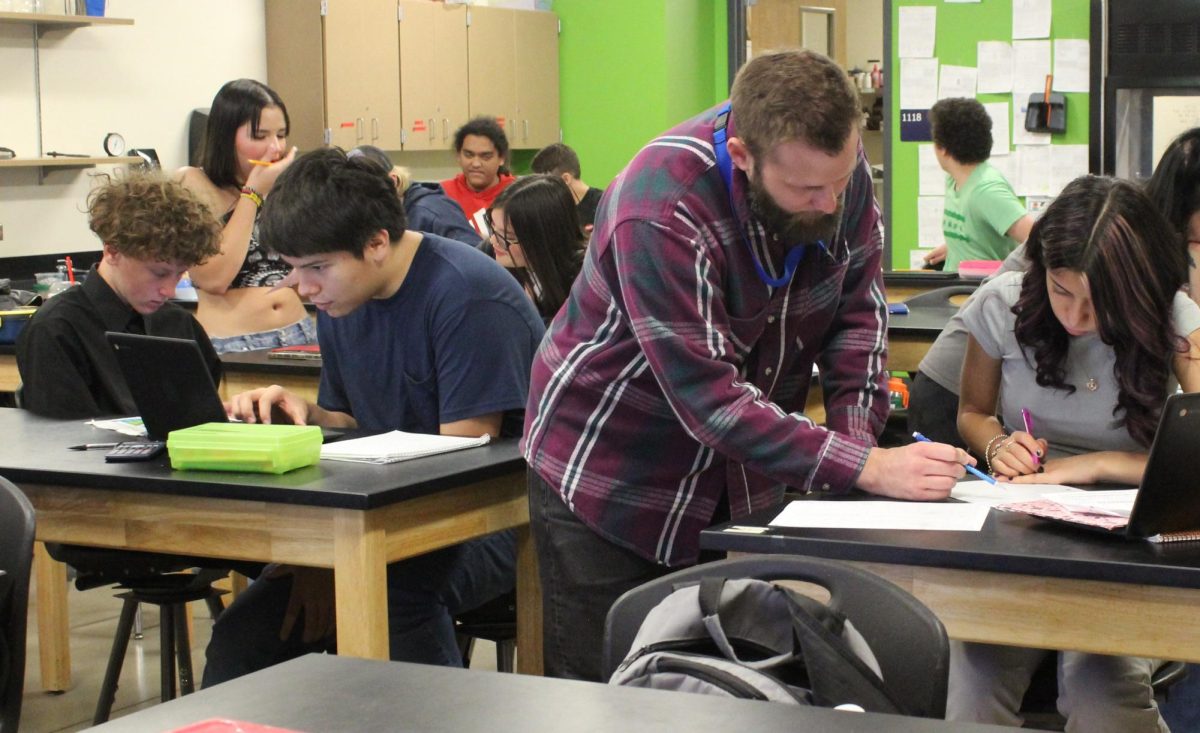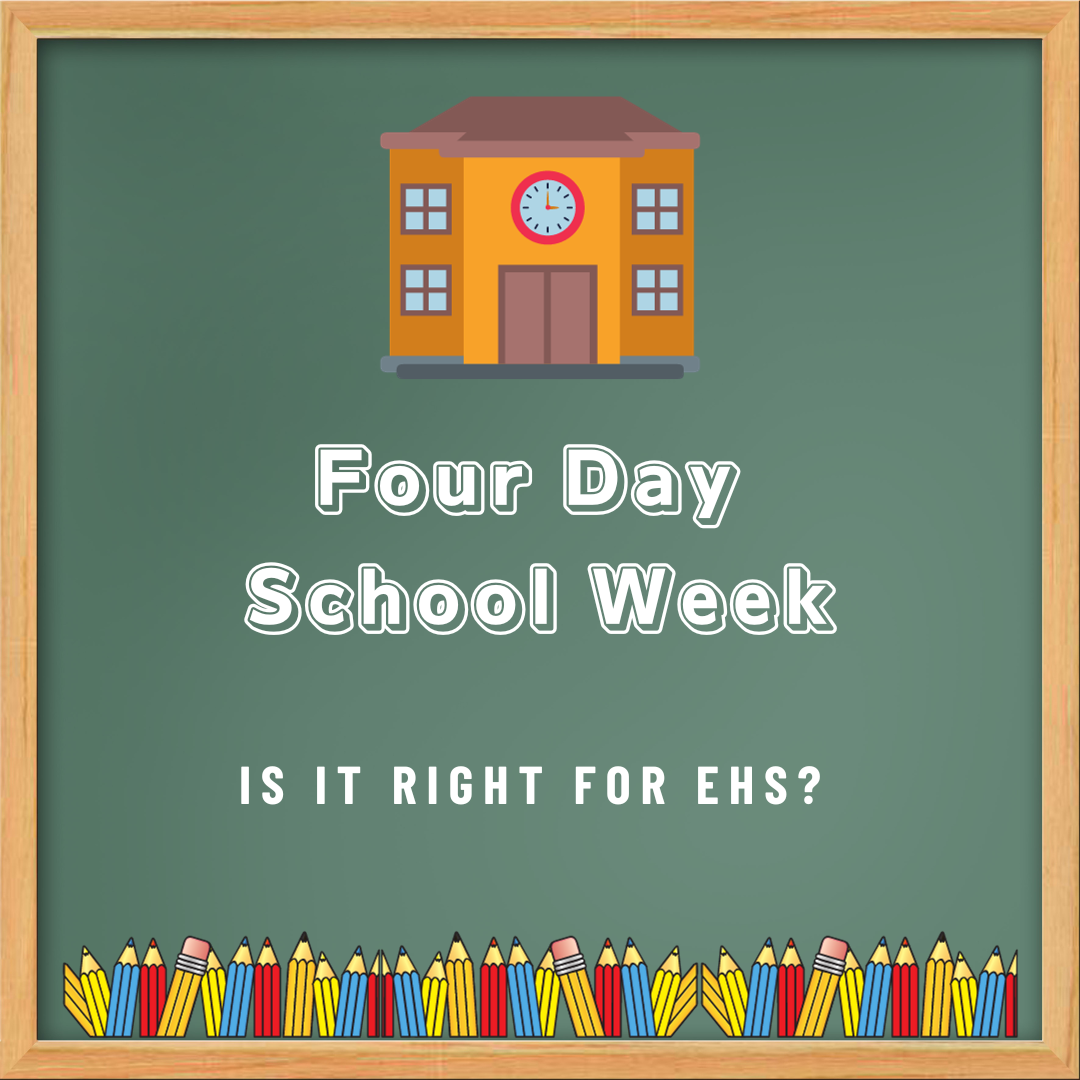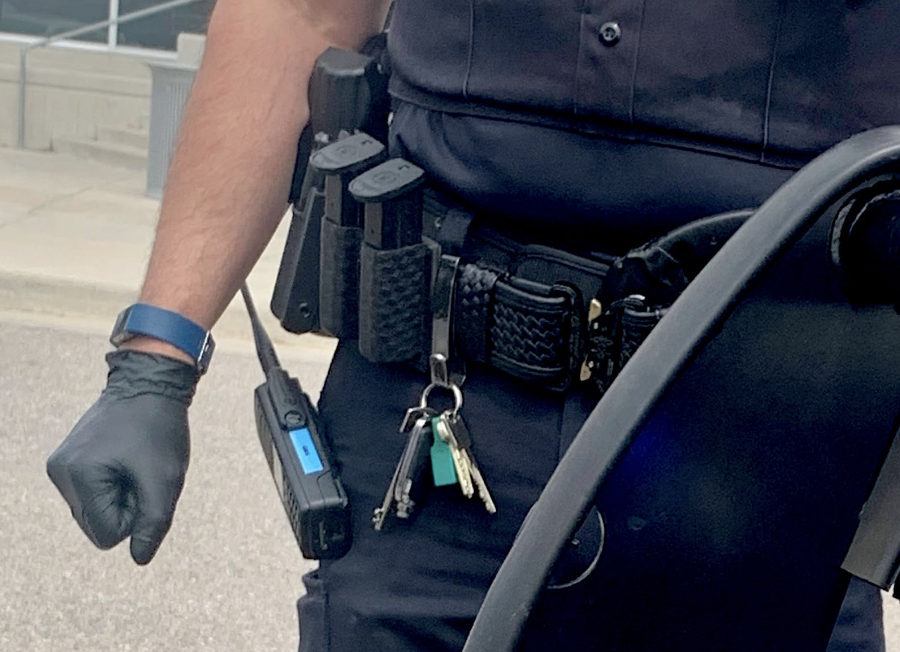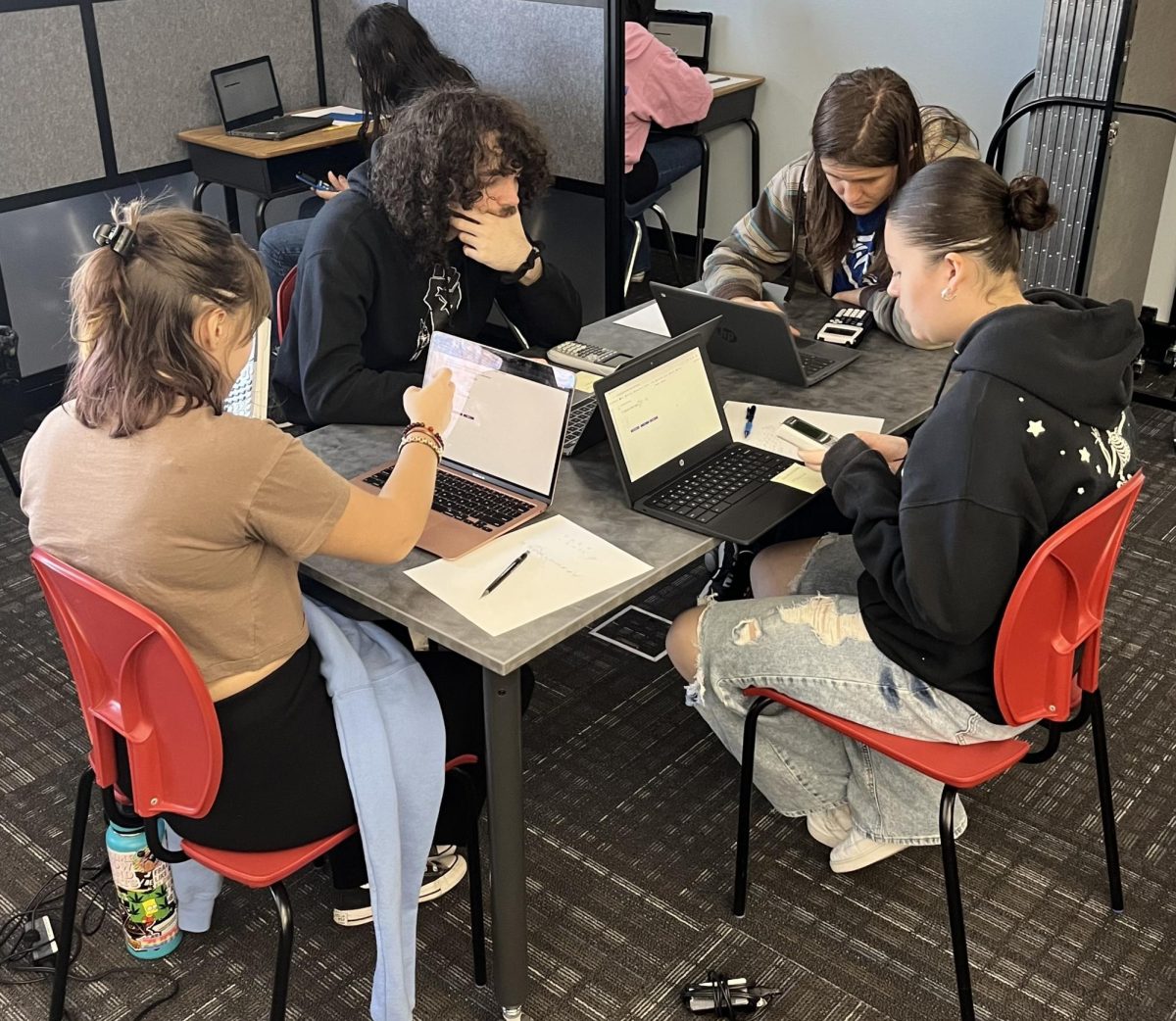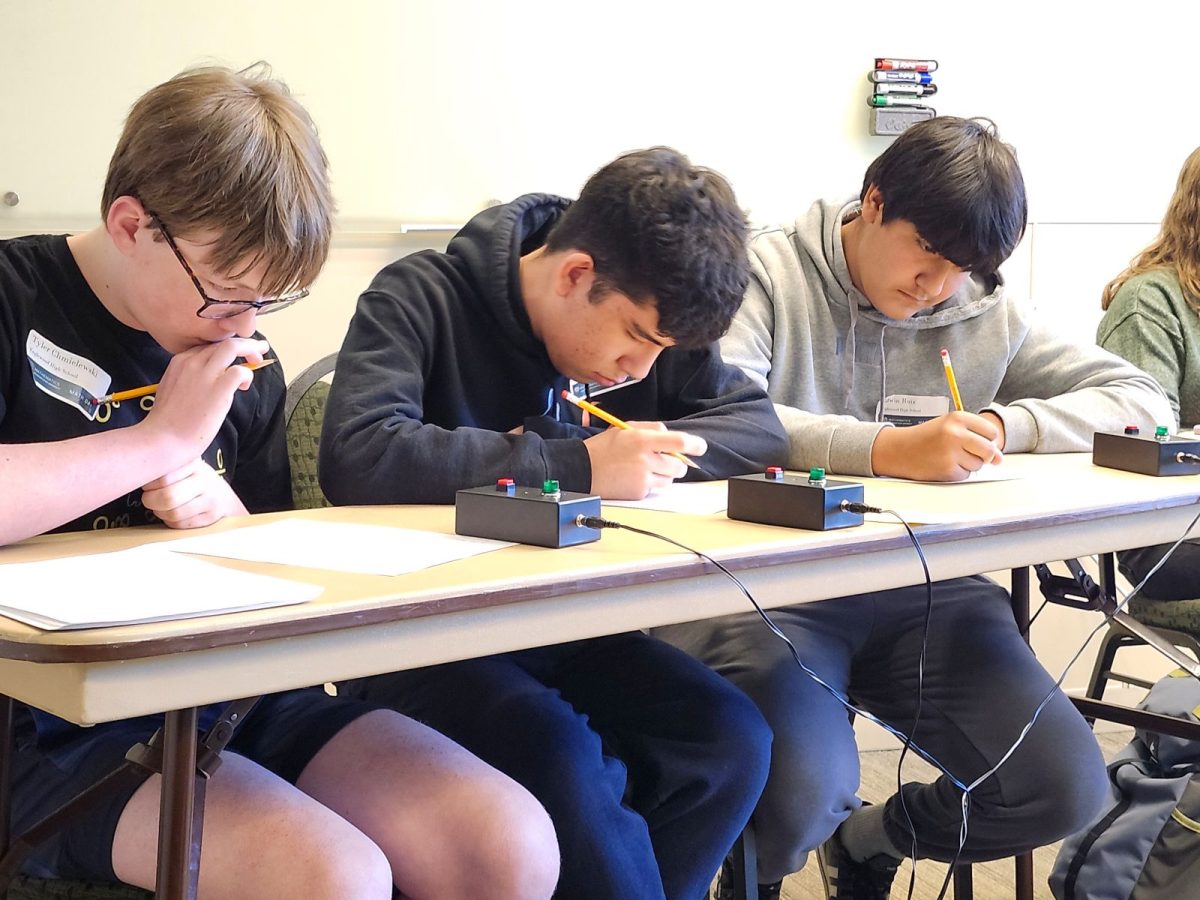At the start of the new Englewood school year, students were buzzing in the hallways louder than last year, with new faces to see, but something has changed. A new rule has come into place, saying that students will have to wear their ID, and it has to be visible to all the staff and security guards.
Senior Kareem Martinez is getting used to wearing the IDs, “I think it is an alright idea. I don’t mind wearing my ID every day.”
This new rule will cause a shift in how students behave in their everyday lives, namely, they now have a good reason to keep their IDs with them and not lose them.
Though not everyone likes it, the rule is necessary for the safety of students and staff.
Jess McMurray, an Algebra one teacher, initially had his doubts, “I didn’t think they were really gonna work at first, but it seems like students are catching on, so I think it’s gonna work now.” He wondered if the students would embrace the new rule or if it would become another disregarded policy. To his surprise, he says the students were adapting.
The IDs weren’t just about safety; they offered conveniences. Students could breeze through lunch lines, a quick scan replacing the fumbling with lunch cards. McMurray then came up with the idea to be able to scan the IDs through something like a wallet so you didn’t have to wear them all the time, “I believe this was the best route for our school to take so that we can ensure our students and staff’s safety in school, whether it’s outside or inside. “
EHS principal Nate Smith believes the IDs are worth the growing pains, “talking to our director of safety and security, my first thoughts were that it probably makes sense to go to this policy. In my last school district, all students were required to wear IDs. The thoughts are just about making sure we have the systems in place to be able to implement the policy for safety.” He understands that students may not like some policies.
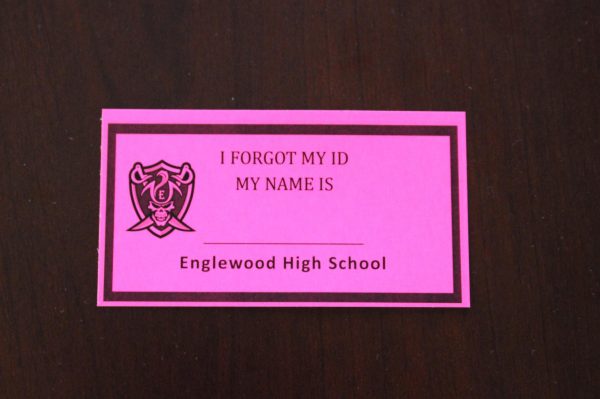
Despite the benefits, Principal Smith recognized a significant hurdle: the cost of replacement IDs, which is five dollars each. He wished he had the budget to provide them for free, acknowledging the financial strain it could place on some families. He remained steadfast in his belief that the IDs were a vital investment in the school’s safety. The ability to quickly identify students in emergencies and ensure a secure environment outweighed the budgetary challenges.
Officer Shaw Gifford, a seasoned school resource officer, says past issues make the IDs important, “Three situations last year from students from different schools came into our facility and were either trying to fight other students or were just trespassing,” he recalled, “But our biggest worry is that we didn’t know the intent of the trespasser, and we didn’t know who they were.”
The sentiment was echoed by Englewood Police Officer Jesse Raleigh, who emphasized the practical benefits of knowing who belongs and who doesn’t, “In bad situations like fire drills or lockdowns,” Raleigh explained, “it’s easier for teachers and cops to identify who is where, so it doesn’t take precious time asking a thousand kids who they are.” Raleigh says this efficiency could be the difference between a drill and a disaster, which explains the existence of the IDS.


